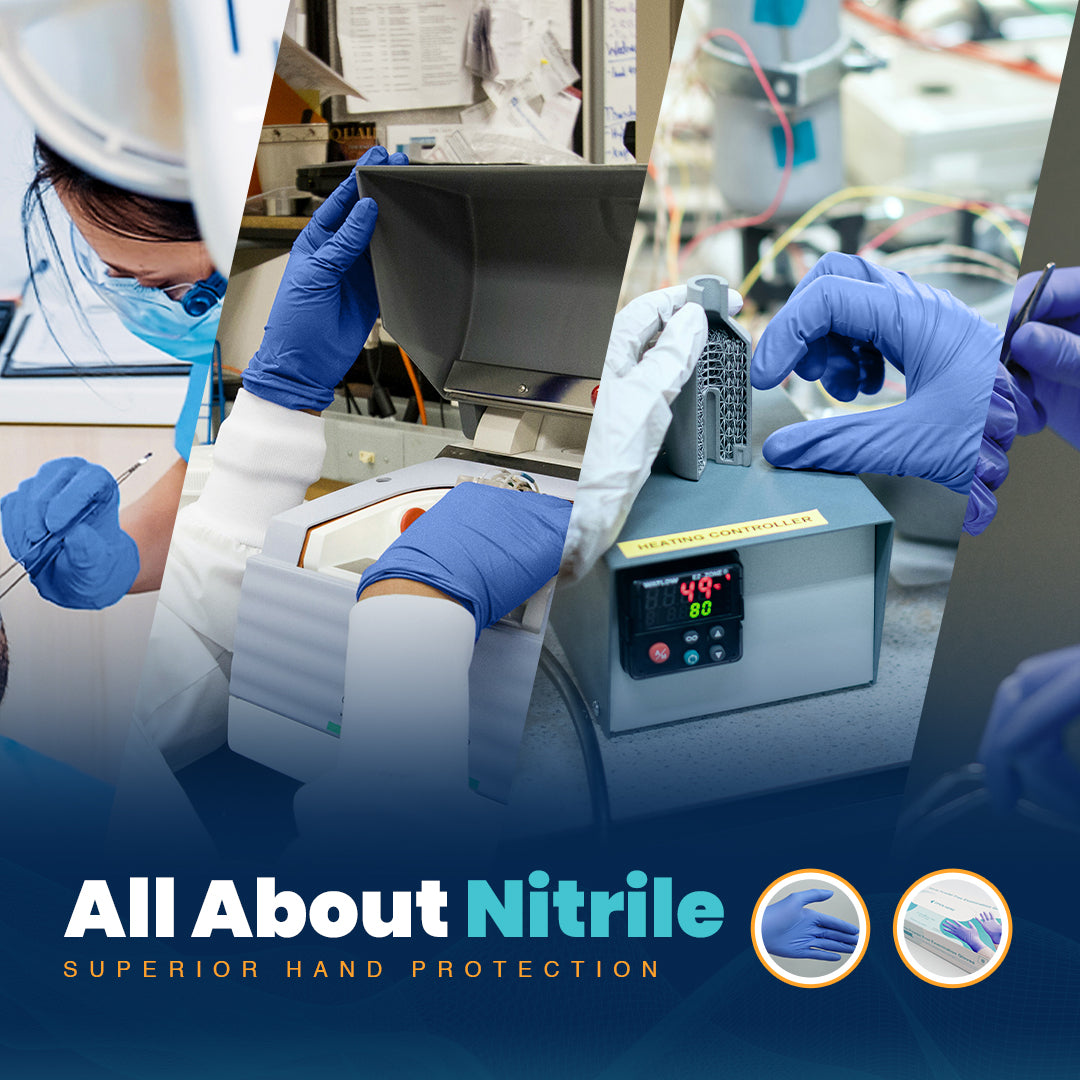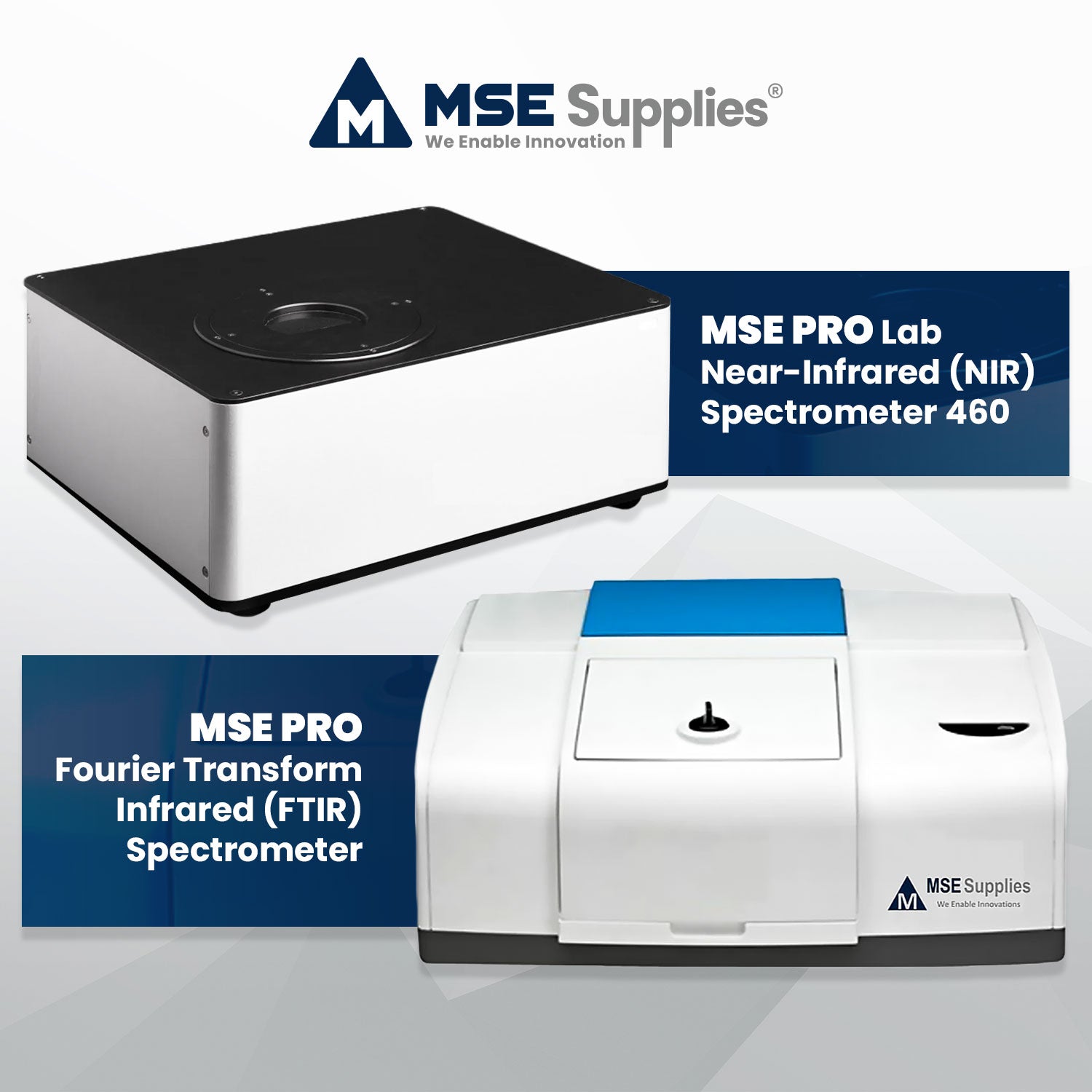Chemical Vapor Deposition-Graphene Growth
Posted by Chia-yu Chen on
Chemical vapor deposition (CVD) is widely used in thin films fabrication on a heated substrate through chemical reactions. The deposition steps for CVD can be summarized into the following steps:
- Gas species transport to the substrate surface
- Gas species absorption into the surface
- Reaction occur and deposits products
- By-product and unreacted species desorbed

(Sun et al. 2021)
Chemical vapor deposition can better control deposition rate compared to physical vapor deposition, which can provide high quality and uniform film. Using CVD to growing 2D materials such as graphene has been a popular method since it can produce high quality graphene.
MSE Supplies offers CVD system for graphene growth. We also provide graphene film on Cu foil, graphene film on Si/SiO2 substrate and even services for custom graphene film deposition.
Graphene Growth
For CVD graphene growth, metal foils have been widely used to be deposited on as a catalyst. The gas source are Ar, CH4 and H2. Ar is used for inert atmosphere to reduce and remove contaminants. CH4 is used as carbon feedstock in graphene growth. H2 can act as a cocatalyst in the formation of active surface bonds.
Growth mechanisms and behaviors are highly dependent on the properties of the metal catalyst used. Cu and Ni are the two most common metals, which show very different graphene growth mechanisms. Cu has a low carbon solubility, which produces surface based process (surface growth mechanism). This causes the graphene to form at high temperature (hydrocarbon decomposition temperature) on the Cu surface. In contrast, Ni has a high carbon solubility, producing a mechanism by surface segregation/precipitation. The carbon diffuses into the bulk Ni foil at high temperature. During cooling process, carbon segregation occurs and graphene sheets form on the metal surface.

(Lavin-Lopez et al. 2017)
MSE Supplies offers a benchtop CVD system. The Moorfield nanoCVD-8G has been widely used in graphene growth. It can provide precise control in pressure, temperature and mass flow, which are critical for sucessful graphene growth.

The unit is cold wall design, which can heat up substrate quickly and reduce contaimination. This nanoCVD-8G can reach up to 1100°C and can also be used for annealing for some applications.
MSE Supplies (msesupplies.com) is a major global supplier of Deposition materials and equipment. Both standard and customized products are available from MSE Supplies. If you need something not listed on our website, please email us at sales@msesupplies.com and we will prepare a quote for the customized products for you. If you have any questions, please email us at tech@msesupplies.com.
Reference
Lavin-Lopez, M. P., L. Sanchez-Silva, J. L. Valverde, and A. Romero. 2017. 'CVD-graphene growth on different polycrystalline transition metals', AIMS Materials Science, 4: 194-208.
Sun, Luzhao, Guowen Yuan, Libo Gao, Jieun Yang, Manish Chhowalla, Meysam Heydari Gharahcheshmeh, Karen K. Gleason, Yong Seok Choi, Byung Hee Hong, and Zhongfan Liu. 2021. 'Chemical vapour deposition', Nature Reviews Methods Primers, 1.



